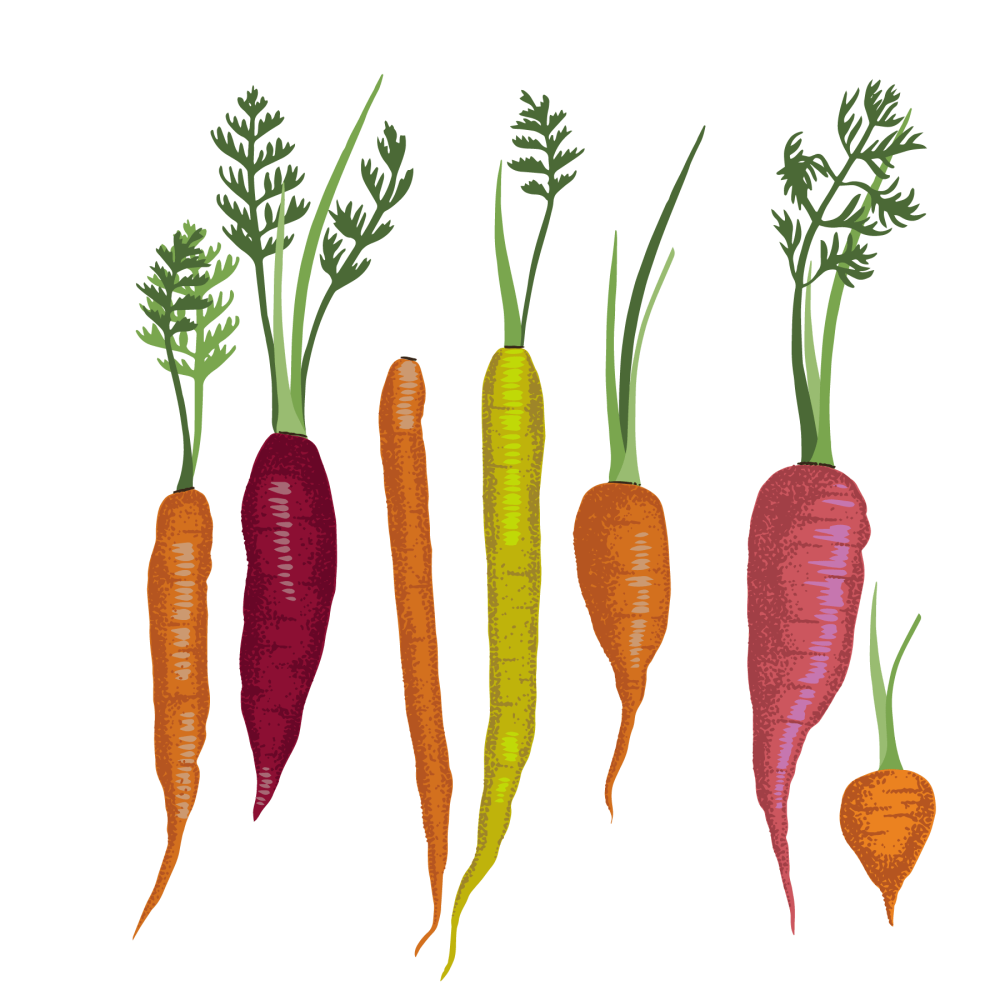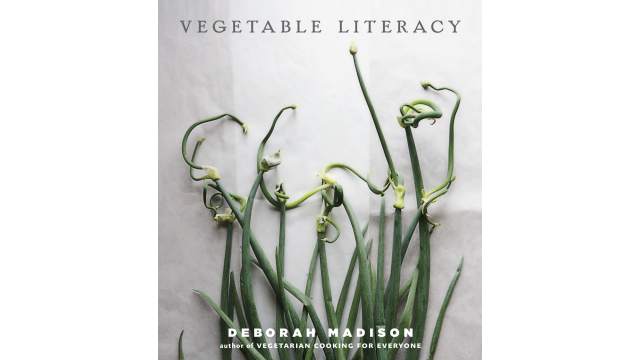Carrot

Latin name: Daucus carota subsp. sativa
Uses: fresh or frozen vegetable, juice, food coloring
What are carrots?
Carrots are one of the world’s most popular root vegetables. Millennia ago, Central Asians took the stringy, woody root of a wild plant (also known as the roadside weed Queen Anne’s lace) and eventually transformed it into a sweet and nutrient-rich esculent.
Although the orange root color is most typical today, black, purple, red, yellow, and white-rooted carrots have been cropping up in western markets over the past decade or so. Southern Europeans around 2000 to 3000 BCE preferred the carrot’s aromatic leaves and seeds — like their close relatives parsley, dill, and caraway.
Why are carrots healthy?
Carrots are one of the highest natural sources of phytochemicals like the antioxidant beta-carotene, a precursor for vitamin A. Beta-carotene gives carrots their bright orange hue, and it’s crucial for improving immunity, protecting skin and eye health, and fighting free radical damage that can cause chronic illnesses like cancer and heart disease.
What do carrots taste like?
Carrot leaves have a grassy, slightly bitter and parsley-like flavor that lend them well to pesto; this flavor is echoed (though quietly) in the taproot. The root has a subtly piney/woody flavor complementing its earthy sweetness. Different varieties have different sugar levels.
How do I prepare use carrots?
Eat them out of hand for a healthy snack. Julienne them for a sweet and tangy Russian-Korean salad or for pickling into đồ chua. Boil or roast and then purée them into a silky bisque; add them to fragrant pilafs; bake them into cake with warm spices and nuts; glaze them in butter and honey. You can’t have a crudités platter or a mirepoix — the basis of pretty much every European broth and sauce — without carrots.
What do carrots pair well with?
Carrots are ridiculously versatile and tend to play especially well with seeds from other members of their family, like cumin, caraway, and ajwan. They also love various spice blends common from North Africa to Southeast Asia, citrus, ginger, honey, and fresh herbs.
Where do carrots grow?
Though they originated in Central Asia (where the highest diversity of wild forms still exists) and global production is today dominated by China, carrots enjoy a cosmopolitan distribution throughout Europe, Asia, and North America.
The “western” type is sorted into four basic groups grown for their root shape and sugar content. Imperator are the most common, with long orange roots and mild flavor. Danvers are slightly shorter than Imperators, and can handle heavier soil. Nantes are sweet and nearly cylindrical in shape, and Chantenays are short and conical, with red cores.
Fun carrot fact:
In 1772, among the many provisions Captain Cook brought on his ships venturing for the New World was a stow of 30 gallons of carrot marmalade. When his ship HMS Resolution completed its journey four years later, Cook had only lost one crew member to illness — and it wasn’t to scurvy. Over the following century, cookbooks included recipes for carrot marmalade as an economical alternative to orange.



